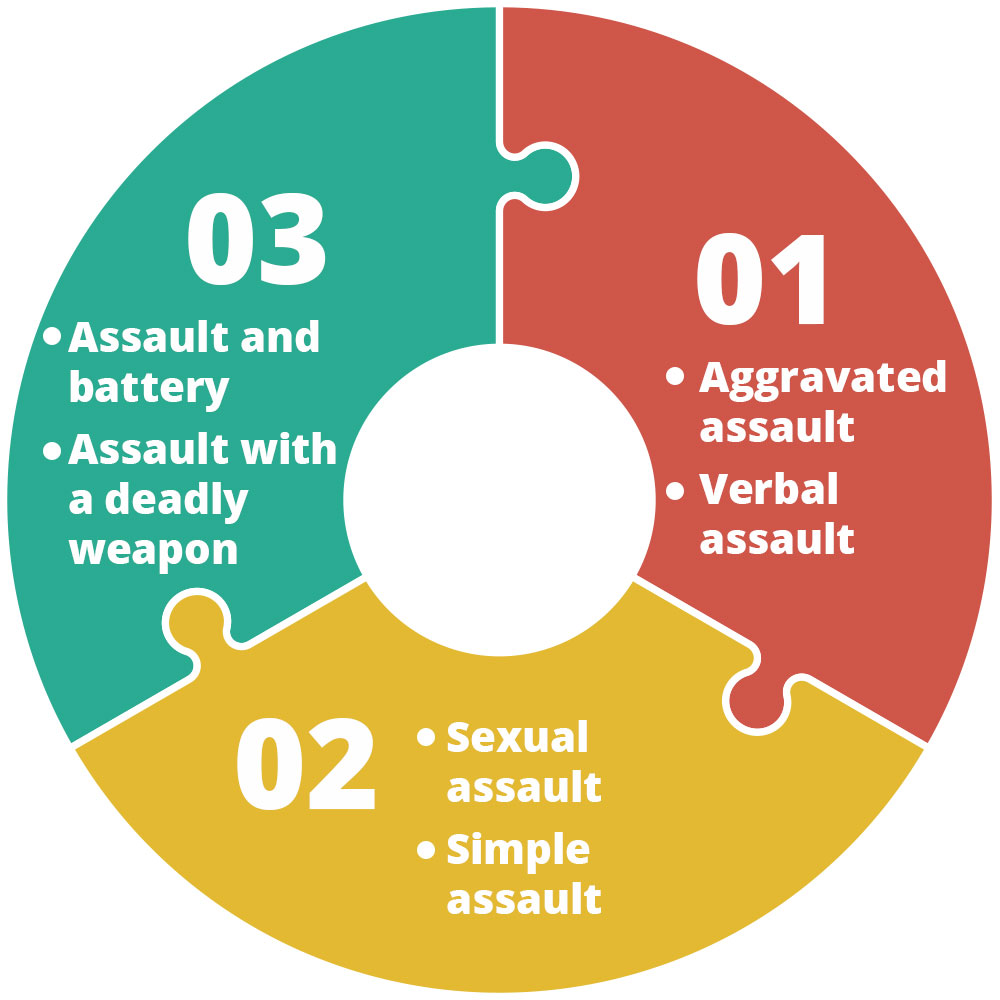A Review Of The Criminal Test Process: A Detailed Step-By-Step Overview
A Review Of The Criminal Test Process: A Detailed Step-By-Step Overview
Blog Article
Team Author-Hunt Brooks
When you enter a criminal trial, you might be surprised by the structured procedure that unfolds. It all begins with court choice, where prospective jurors are looked at for biases via a method called "voir dire." After that, both sides provide their opening declarations, establishing the stage for the evidence and statements to follow. You'll see exactly how the prosecution and defense build their situations, yet what happens next can substantially influence the result. Comprehending these phases can expose the intricacies of justice, yet there's even more to reveal regarding the defining moments that follow.
Court Option Refine
When it pertains to the jury option procedure, you're diving right into an important stage of a criminal test. This process, commonly called "voir dire," includes wondering about potential jurors to guarantee they're honest and with the ability of supplying a reasonable verdict.
MN sex crimes attorney 'll see both the prosecution and defense lawyer participating proactively, each intending to choose jurors who straighten with their case's story.
During voir dire, you'll discover that lawyers ask inquiries regarding jurors' histories, ideas, and experiences. Their objective is to determine any pre-existing biases that might affect a juror's choice. As a juror, you may feel a mix of anxiousness and curiosity, but your honesty is necessary.
After examining, attorneys can challenge certain jurors for cause if they believe a juror can not remain neutral. They can likewise utilize a limited variety of peremptory difficulties to reject jurors without stating a factor.
Trial Phases Explained
The phases of a criminal trial play a vital duty in making sure a reasonable and structured process.
You'll first encounter the opening statements, where both the prosecution and protection describe their situations. This establishes the stage for what's to find.
Next, the prosecution offers its proof and witnesses, aiming to confirm the accused's sense of guilt past a reasonable question. You'll see direct examination complied with by cross-examination, permitting both sides to challenge the here and now info.
After the prosecution relaxes its case, it's the protection's turn. https://www.theepochtimes.com/eight-faqs-with-securities-litigation-attorney-nick-oberheiden_4707580.html 'll present their evidence and witnesses, usually focusing on developing sensible doubt. You'll observe that the protection doesn't need to show innocence; they simply need to challenge the prosecution's case.
Once both sides have actually offered their debates, you'll listen to shutting statements, where each event summarizes their instance. This is essential as it reinforces their positions before the jury mulls over.
Throughout these stages, the court makes sure that the trial sticks to legal criteria which the legal rights of both parties are secured.
Recognizing these phases will certainly assist you value the complexities associated with a criminal test and the relevance of each step in the quest of justice.
Judgment and Punishing
Nevertheless evidence has existed and arguments made, the court or court provides a decision, identifying the accused's shame or virtue. If you're part of the jury, you'll deliberate with your other jurors, reviewing the proof and your impressions. This procedure can require time, as you'll want to ensure everybody agrees on the judgment based upon the realities.
When a judgment is gotten to, it's revealed in court. If the defendant is condemned, the following stage is sentencing. This is when the court determines the suitable penalty. You might discover that numerous factors influence the sentence, such as the extent of the criminal offense, the offender's past document, and any kind of mitigating conditions.
The court may impose a range of sentences, from penalties and community service to imprisonment. In some cases, the defense or prosecution can provide debates pertaining to sentencing, attempting to guide the court's decision.
If the accused is found not guilty, they're acquitted, and no penalty complies with. Keep in mind that a guilty decision can often result in appeals, where the offender might test the verdict or the sentence imposed.
Conclusion
In a criminal trial, you have actually seen exactly how essential each action is, from jury choice to the final verdict. You have actually complied with the prosecution and defense as they build their instances, intending to persuade the jury. Once deliberation wraps up, the decision identifies the result, and if the offender is condemned, the sentencing phase begins. Recognizing these procedures aids you appreciate the complexities of the justice system and the value of each duty in ensuring a fair test.
